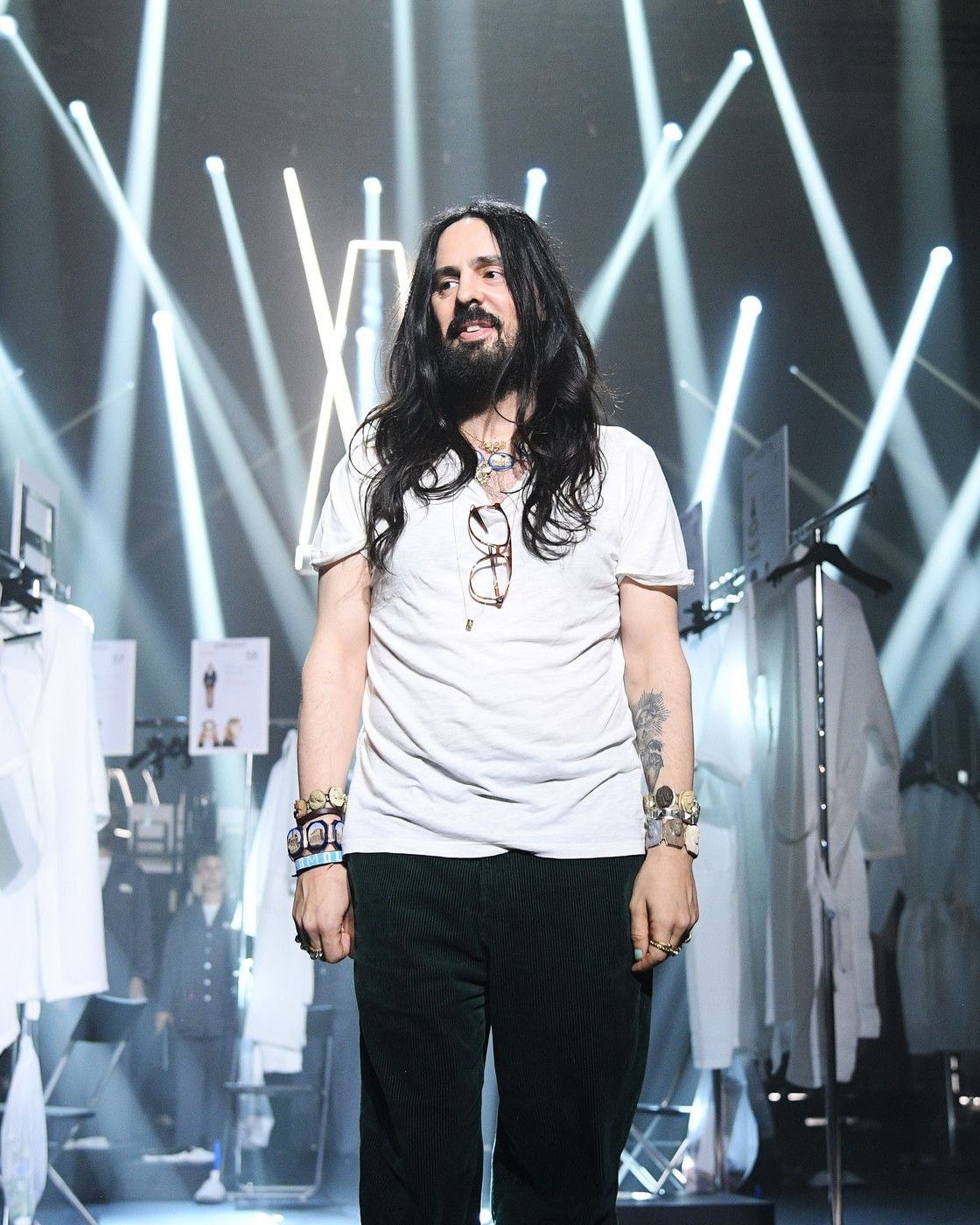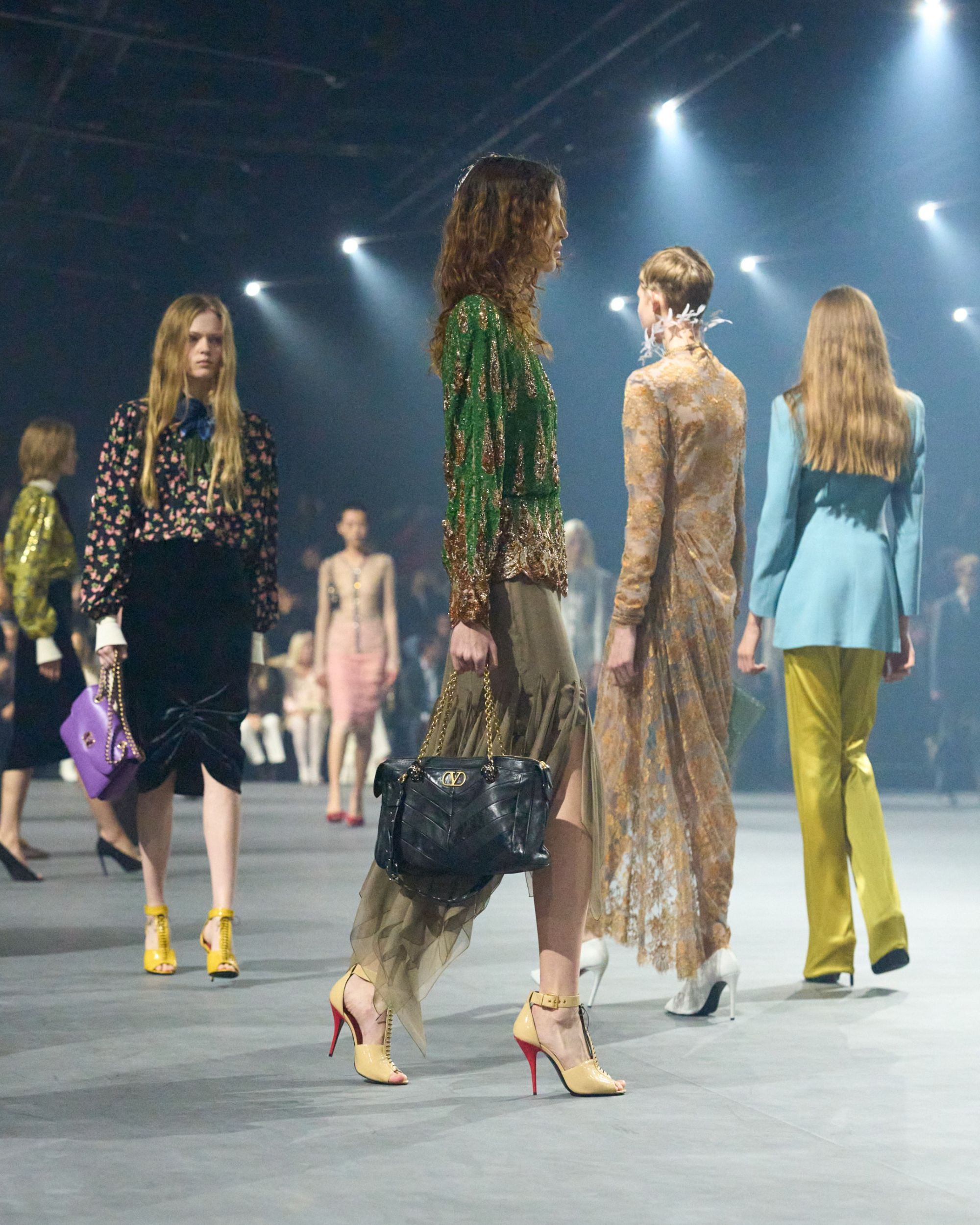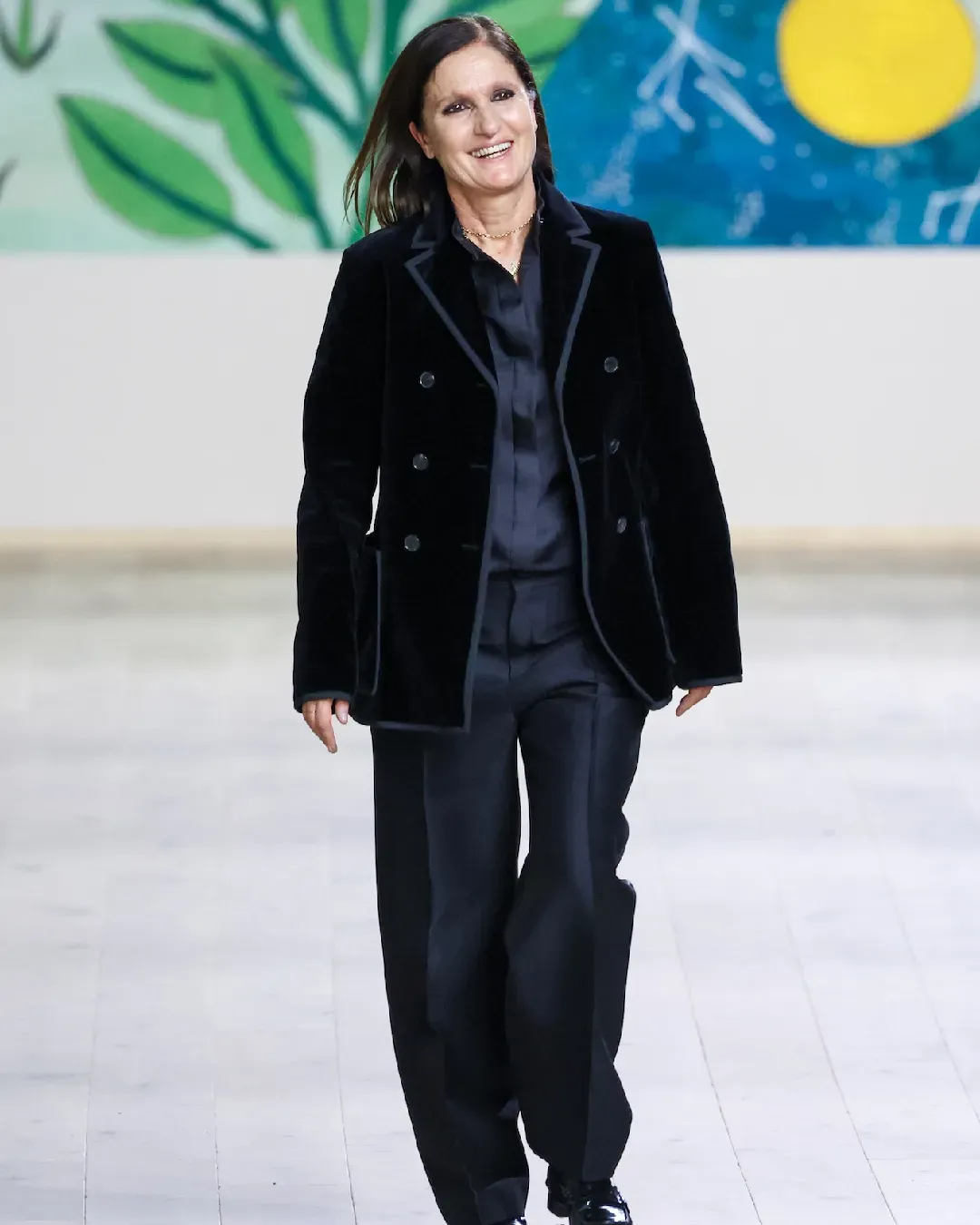
The merry-go-round of creative directors has restarted The moment is exciting - the implications, dramatic
In fashion, as in geopolitics, the stability of executives goes hand in hand with economic prosperity: money is never made when power is vacant or unstable. In fashion, the situation is even more challenging as the ill health of a brand is evident in the too rapid turnover of creative directors signaling the failure of a certain market strategy. Now, if five years ago the great chessboard of fashion was resting peacefully under its creative directors, today, after Pierpaolo Piccioli's farewell to Valentino, the latest in a long sequence of managerial reshuffles, the picture is nothing short of turbulent. And in the space of forty-eight hours that separated Piccioli's farewell to the brand from the following Monday morning, fashion gossip exploded, centered around Alessandro Michele who, according to Repubblica, reportedly already signed over the weekend and whose appointment could come this week - but rumors had never been as confusing as they are now given the large number of brands looking for a new designer and a major reboot. Currently, there are four vacant positions in brands: new creative directors are sought for Valentino, Dries Van Noten, Blumarine, and Givenchy, and theoretically, also for Lanvin, but it does not seem that the brand is actively seeking one, so there's no need to consider it.
PPP or Alessandro Michele could be great for the revamp of the Walter Albini brand. And at the same time I think I wouldn't be surprised if AM goes to Valentino pic.twitter.com/dx60Y1JWlZ
— (@giovanni_oriani) March 25, 2024
Today, WWD has reported a series of succession hypotheses: the most favored sees Alessandro Michele taking the helm of the brand; according to WWD, Piccioli might go to Givenchy, and, according to some, also to Chanel or Balenciaga (which would imply a farewell to Demna, which, at the moment, is hard to imagine), while some have started saying that Maria Grazia Chiuri might return to Rome coming back from Valentino or Fendi, but other less founded voices, but showing the imagination to which certain theories go, also speak of Michele at Dior, although it is well known among insiders that the designer is very reluctant to leave his own city. Then there's the wildcard of Simone Porte Jacquemus, whose name always comes up when a creative director is needed, and many would like to see him at work in a larger, more historical brand, although it does not seem that the designer has expressed desires in that direction. Now there are two interpretations of this great confusion: the first speaks of a fashion in which the protagonists are now perceived as the actors of a soap opera and in which, therefore, rises and falls are followed as mere entertainment and fandom, much like what is done with pop stars' boyfriends; the second speaks instead of an industrial complex in turmoil, where fixed reference points have begun to be lacking and where, essentially, everything is in the grip of total chaos. The participation with which the public follows these upheavals is perhaps, subconsciously, the perception of an industry now stagnant and ossified, which can provide at most entertainment with its endless dramas; the enormous amount of upheaval, on the part of companies, indicates instead that even at the top levels, a certain agitation is beginning to spread, leading executives to improvise approximate solutions, dictated by a poor understanding of the market.
@freesami_ Why you’re failing to “start a brand”… #fashion #brands #designer #fashionadvice Space Boy - Manny Laurenko & LUCKI
The picture is made even more unstable by the overpopulation of a market onto which foreign investors are thrown into a rampant gold rush, trying to evoke brands long dead and buried from the realm of shadows in the hope of making some profit or setting up a company profitable enough to be sold to the next wealthy person in search of adventures and investments: foresight and true entrepreneurship are just the latest victims of a capitalist system whose ultimate horizon is only the next quarter. The truth perhaps is that today there exists a natural imbalance between all the brands active in the market and the overall spending power of the market itself - it is impossible for every brand to exceed a billion in sales because their gain is actually someone else's loss, and therefore, to put it somewhat brutally, either they decrease in number or they start a phase of stagnant coexistence that will lead, sooner or later, to some form of implosion. Nonetheless, even for companies like Trussardi or La Perla, the story never truly ends: there are always new investors, new relaunches, new eras opening up. Sinking ships that drag on for decades in a financial frenzy where millions and millions of capital sink – Raf Simons really did well when he closed shop forever. But, to use another metaphor, the size of the cake always remains the same, the more guests at the party, however, the thinner their respective slice of cake becomes – until the point where no one can eat anymore or where the party ends. Unless, of course, the party is already over.















































